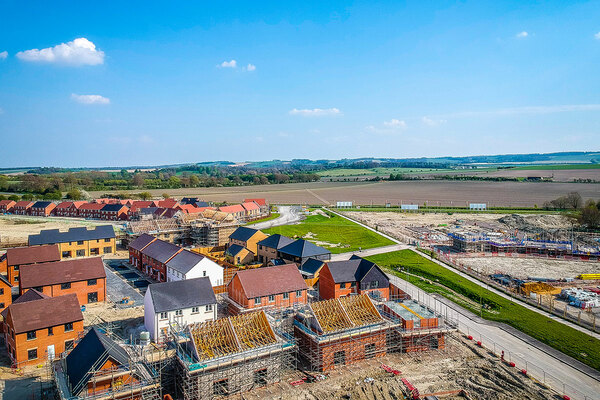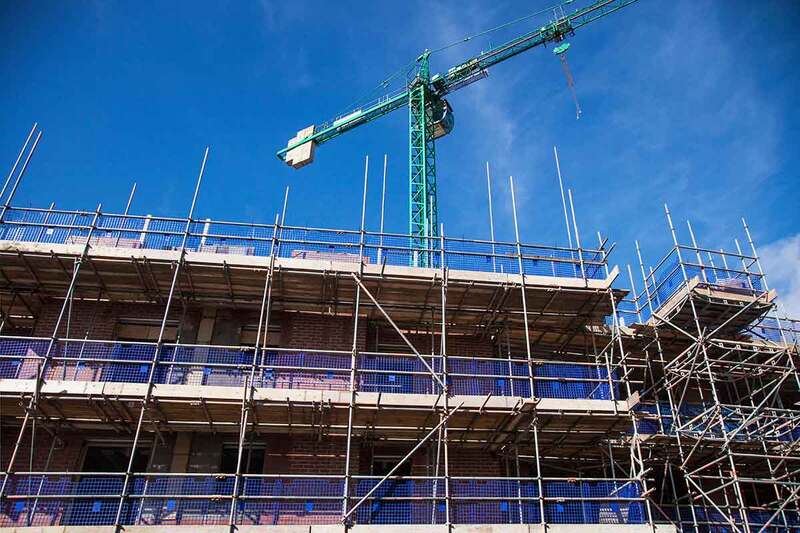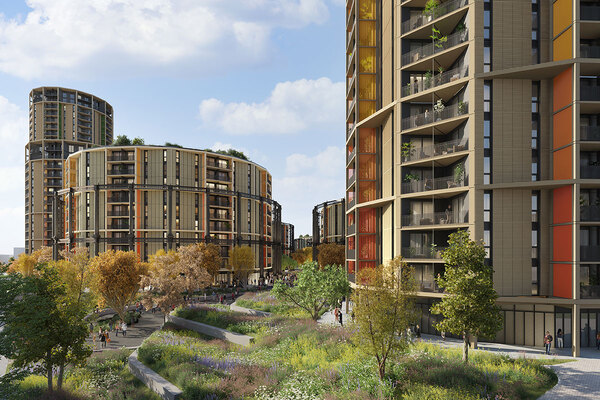Cities must increase housing development targets by 35%
The largest cities in England will be asked to increase their housing targets by 35%, following the government’s U-turn on its proposed changes to the housing need algorithm.
As part of its response to a recent consultation on changes to the planning system, the government said that the 20 largest cities in England will be expected to boost their supply of new housing by more than a third.
This new proposal is an alternative to the changes to the housing need formula it proposed as part of its original consultation, which it was forced to backtrack on following heavy criticism by its own MPs.
“We have listened carefully to the feedback on our proposals, within the consultation and outside of this, including in parliament, through discussions with stakeholders and in the media, have heard concerns that the distribution of need was not right,” the government said in its response.
“In particular, we heard that too much strain was being put on our rural areas and not enough focus was on the renewal of our towns and cities.”
The government has now decided to retain the current method for calculating housing need but will apply a 35% uplift to the number generated for the 20 largest cities in order to meet its target of delivering 300,000 homes in England per year.
The cities that will be affected by the change are: London, Birmingham, Liverpool, Bristol, Manchester, Sheffield, Leeds, Leicester, Coventry, Bradford, Nottingham, Kingston upon Hull, Newcastle upon Tyne, Stoke-on-Trent, Southampton, Plymouth, Derby, Reading, Wolverhampton, and Brighton and Hove.
No other local authority will see an increase in targets.
It comes after Tory MPs heavily criticised the government’s previous proposals to alter the housing need formula, with former prime minister Theresa May labelling the government’s plan “mechanistic” and “ill-conceived”.
In its consultation response, the government said there were three “strong reasons” for targeting cities for increased development: ensuring new homes can maximise existing infrastructure, reducing the need for unnecessary high-carbon travel in line with the government’s climate aspirations; and “more opportunities for creative use of land in urban areas to emerge” because of expected structural changes in the retail and commercial sectors.
Under the proposals, London will be responsible for the largest increase in housing, as the 35% uplift will apply to all London boroughs.
The government said it is considering giving Homes England a greater role in London to help the city meet this challenge.
Sign up for our development and finance newsletter
Already have an account? Click here to manage your newsletters














